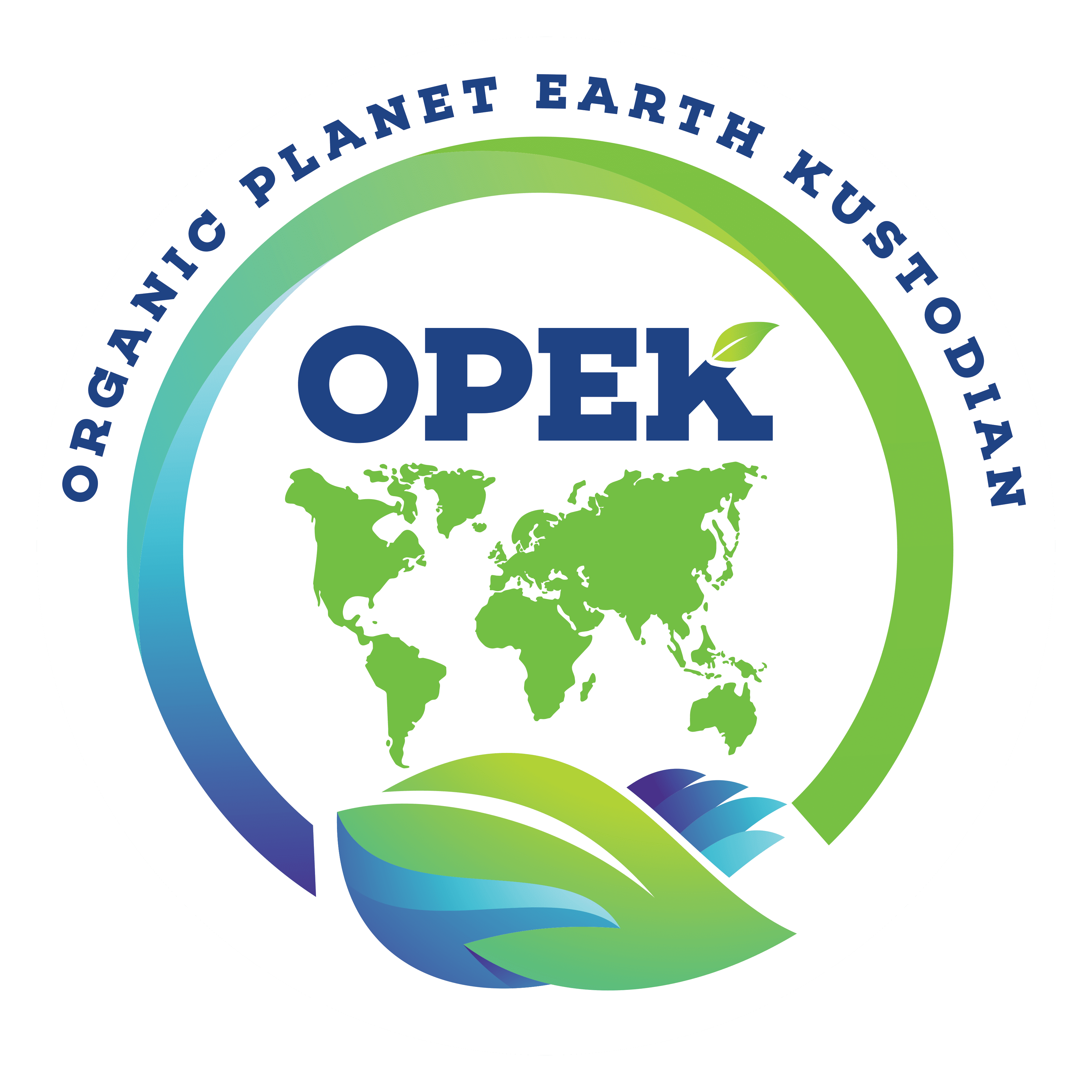Is recycling really the solution to plastic waste
Reduce, Reuse, recycle – were not created equal. Too much waste is being produced to manage effectively, leading to excessive plastic waste in the oceans and other natural habitats. In addition to this, the waste we send overseas is sometimes incinerated or put into landfill due to contamination, meaning it cannot be recycled despite our best intentions. Despite using the same word for all plastics, they do not have the same composition so they can’t all be lumped together, heated up, and remoulded with a new lease of life. Experts agree that recycling is an important way to reduce waste and to recover valuable materials, while reducing greenhouse gas emissions and conserving significant amounts of energy and water. And yet, of the 2.3 billion tons of waste generated in the EU each year, only 37 percent gets recycled.
It turns out most Australians love recycling, and the best way to empower them to recycle properly is to – shockingly – tell them exactly how to do so on a product’s packaging. The first issue is sometimes termed “aspirational recycling” – where consumers optimistically contaminate their recycling with non-recyclable materials in the hopes that they can be reused. Courtney Holm, founder of ABCH, an Australian circular fashion label, says it’s important for brands to go an extra step because “people don’t have time to search for generic information”. Holm hopes to combat the garment industry’s “make, wear, discard” model of clothing consumption. Whenever someone buys one of her garments, the brand emails the customer a guide to looking after, recycling and even composting their purchase. Warndu – an Indigenous-owned sustainable food and lifestyle brand – cautions that smaller businesses can face considerable barriers when it comes to making sustainable packaging choices. Warndu has taken every effort to make its products and packaging as environmentally friendly as possible. Its tea canisters are cardboard and 100% recyclable; its spice packets are soon-to-be compostable; and its range of home and body products are plastic-free.
One of the complications of plastic separation is the wide variety of colours used which also need to be separated. Walking down a supermarket aisle where all the drinks bottles are clear plastic is a small price to pay in return for better recycling. Moving towards a circular economy could be the positive change we need to reduce the current global waste problem. Although, favouring reusable coffee cups and metal straws has not made enough of an impact and we need big changes from industry. As consumers, we have an oversimplified idea of recycling and using the same word for all plastics means we don’t realise the complexity of this process. We need to start prioritising reducing and reusing products instead of recycling because it is more intricate than we realise.
Of the seven main types of plastics, five hardly ever get recycled because the process is too expensive and complicated, and the resulting product is of lower quality than cheaper virgin plastics made out of oil and other hydrocarbons. The bigger problem is that the other five types of plastics — polyvinyl chloride, low-density polyethylene, polypropylene, polystyrene and polycarbonates — often contain toxins, carcinogens and other pollutants and can’t easily be remade into anything useful. Many products on the market are “never made with their end-of-life in mind. Recycled plastics can’t be used in the same way as virgin plastics, because the polymers in plastics degrade each time they are reused. Most consumers aren’t always aware of the fine distinctions among the various types of plastics — gaily throwing them into a single kerbside receptacle for recycling. The Danish government is planning to introduce 10 different waste streams, which it believes will eventually create a higher value for the waste. Amsterdam scrapped the separate collection of plastics. Instead, a robot does the grubby work of sorting through the residual waste to separate the different types of plastic in a waste plant. There’s also an EU proposal to set up a plastics tax that will charge national governments 80 cents on each kilogram of non-recycled plastic packaging. The plastics industry isn’t sitting still. Lately, it has been touting the benefits of chemical recycling — a process that treats difficult-to-recycle plastic waste by stripping it back to its chemical building blocks.

As far as recyclability is concerned, the plastic bottle is probably slightly better because it is likely only made from one plastic. In recent years there’s been a trend toward so-called multilayer packaging, which is extremely light and thin. It saves material as well as CO2 emissions during transport but can’t be recycled. The term “ocean plastic,” which some textile and shoe manufacturers use to advertise the recycled plastic in their product lines, can also be misleading. Plastic waste from the ocean is in much too bad a state to be recycled. Instead, they use plastic waste from beaches or riverbanks. Many countries worldwide have introduced bans on single-use items, and in Germany, a 2019 packaging law stipulates a plastics recycling quota of 90% from 2022, up from 36%.
REFERENCES
https://the-gist.org/2020/11/recycling-is-not-a-perfect-solution-for-plastic-waste/
https://www.politico.eu/article/the-problem-with-recycling-one-word-plastics/
https://www.ecowatch.com/plastic-recycling-europe-2646085302.html
https://lifehacker.com/should-you-even-bother-recycling-your-plastics-1839640349
https://medium.com/disruptive-design/yes-recycling-is-broken-432c484d6539
https://lifehacker.com/stop-pretending-your-trash-is-recyclable-1838178982
https://fesmag.com/topics/trends/19104-food-waste-management-more-important-than-ever
https://www.abc.net.au/news/2021-07-15/takeaway-plastic-food-containers-not-recycled-/100290044
https://finance.yahoo.com/news/recycling-isnt-enough-plastic-crisis-180340789.html


 by
by